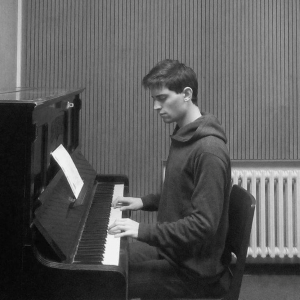
My name is Charles Rongione. I am a master student at the catholic university of Louvain (UcLouvain). This work is part of my master thesis and I am looking forward to discuss the video with you and answering your questions.
Monitoring ecophysiological characteristics of multispecies canopies is essential to understand how diverse plant species grow and interact together and develop agroecological practices. Image-based monitoring has become increasingly popular due to a high information:cost ratio. Semantic segmentation has shown great potential for canopy image analysis and has already been applied in a wide range of tasks, such as phenotyping, weeds and crops differentiation or leaves counting. However, it still suffers from a significant bottleneck: the acquisition of segmentation masks. Getting proper masks is a time-consuming task that often makes image segmentation unpractical. The majority of the work done to reduce the ineffectiveness of the annotation process has been done on monocrop images from homogenous fields. Despite being effective for such images, most proposed methods lose much of their performance when applied to heterogeneous canopies. Therefore, these methods are not transferable to multi-species cropping plots.
In this work, we present an active learning method based on gradient boosted decision trees that allows to get high quality binary plant/background segmentation masks in a few minutes by annotating only small regions of the images, even on very diverse mixed crops images. We then encouraging results in the ability of fully convolutional neural networks trained with masks generated by this method on monocrop images to generalize to mixed crop images and to classify each plant pixel according to their species. This approach drastically reduces the amount of human labor needed to semantically segment mixed crops images from hours to minutes and, therefore, greatly facilitates the study of eco-physiological characteristics of multispecies canopies.
This work was done under the supervision and with the collaboration of my master thesis advisors: Prof. Guillaume Lobet, Prof. Xavier Draye & Prof. Christophe De Vleeschouwer